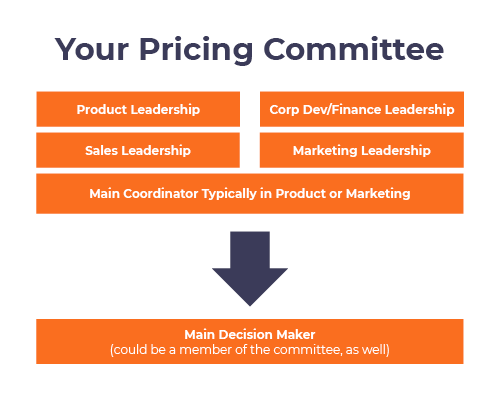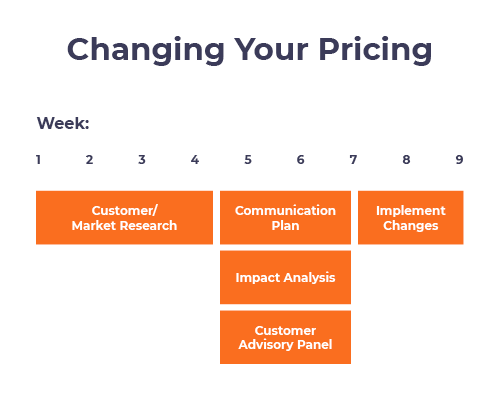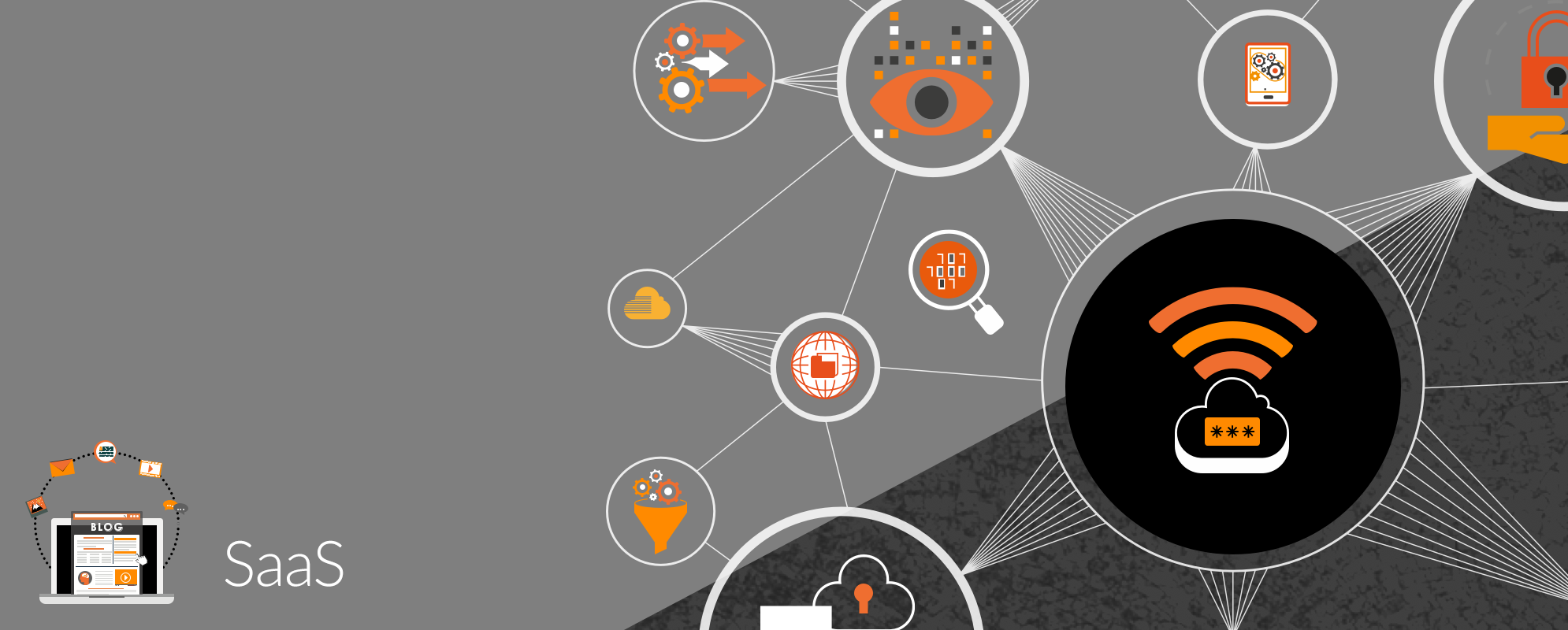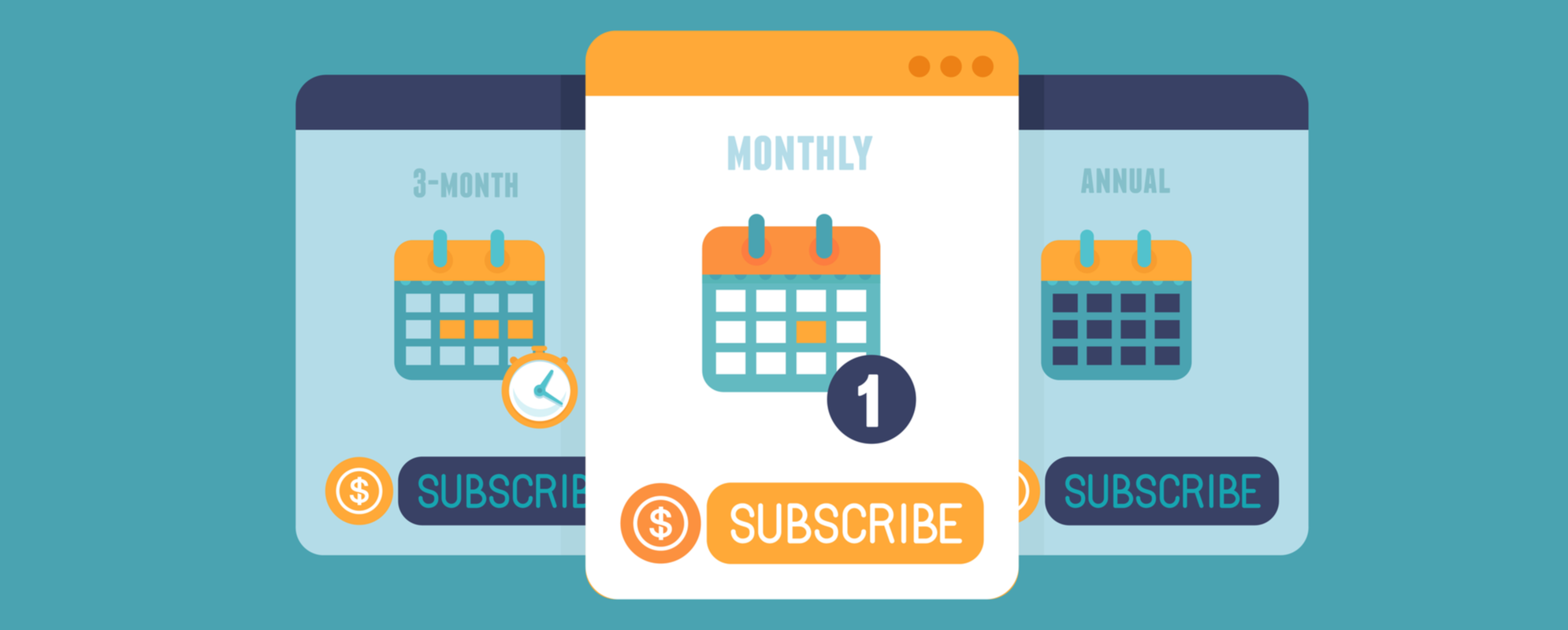
Get weekly
HubSpot updates
When you launched your SaaS business, be honest, how long did you spend putting together your pricing model?
According to Price Intelligently, most SaaS businesses will only spend a total of 6 hours on their pricing model. However, if you have ambitions to grow your business (which, let’s be honest, is why you’re reading this blog, right?) you need to be continuously re-evaluating your pricing process; for best results, this should be done every three months.
Due to the pace that the SaaS industry moves at, with new competitors and more advanced technology creating new opportunities and challenges, it’s clear to see why you’ll always want to review your pricing strategy regularly.
The different models
There are several tried and tested pricing models that appeal to SaaS businesses; you’ll likely already fall into one of the following models:
Tiered Pricing
Probably the most common SaaS pricing model, this option allows you to create different ‘packages' aimed at different needs and/or budgets. The benefits of this model are that it can appeal to multiple personas and budgets. It also offers a clear upselling route for users.
However, tiered pricing can confuse the user when trying to find the right package for their initial needs; it can also attract too many people, leading you to try and become everything to everyone. Finally, you can leave your business open to heavy user risk, if your top tier users regularly exceed their allocated service.
Flat Rate Pricing
Flat rate pricing is one of the simplest ways to sell SaaS, you offer a single product with a single set of features for a single price, with a monthly or annual charge.
A pro of this pricing model is the ease of communication with prospects, which in turn makes it easier to sell. However, a con can be the difficulty to measure the value from different users. If your pricing is set up for your main target of SMBs but attracts a number of enterprise companies, you could be leaving a big chunk of money on the table. You have also only given your sales team one shot to close the deal with no flexibility to start off on a smaller package.
Pay-As-You-Go Pricing
This pricing model directly relates to the cost of the SaaS product to its usage: the more you use, the more you pay and vice versa. A pro of this model is that scalability is built-in, it reduces any barriers of use as there tend to be no big upfront fees and you’ve accounted for heavy use costs.
However, this can disconnect the value from the product. It can make it much harder for your business to forecast your monthly revenue, and it can be harder to predict customer costs which can lead to nasty surprises when the bill arrives.
Per-User Pricing
Another popular model in the SaaS industry, per-user pricing, is exactly as it sounds: the price is per user on the platform – increasing with each new person added. This is a simple pricing model for the user to understand and calculate their monthly costs. The structure supports scalability for both your business and the customer as your revenue grows as more users adopt the software without any need to change their packages.
However, this model may adversely impact adoption as it can provide a reason for a customer not to add additional users, which in turn can make it easier for customers to abandon your service and it doesn’t reflect the real value of your software.
Per Active User Pricing
This model will only charge the customer for the number of active users, removing the need to limit the users added, as there will be no wastage on unused seats.
This helps to counteract the problem of adoption seen in per-user pricing. The company can roll out your software across the business, with none of the risks as they will only be charged based on who uses it. This model is better for SaaS businesses that are targeting larger companies, as SMBs can struggle with this style of pricing while trying to manage a tighter budget.
Per Feature Pricing
Perfect for SaaS businesses that have a wide spectrum of features that may not be beneficial to all their target personas. Instead of charging by usage, you can split your tiers via the product’s features.
With this model, you can create a strong upgrade incentive while also compensating for delivery-heavy features. It can be difficult to get this formula right, however. Without having users to base your tiers off of, how will you know which features will be most beneficial to your biggest target market? It can also cause friction between your brand and your customers who won’t be happy to be paying monthly and still have restrictions on the features available to them.
Now it’s time for the difficult question: Have you chosen the right model for your SaaS business?
If you feel a different model may suit your needs better, this isn’t a change you should roll out without taking some time to consider the options and how you’ll communicate this to your existing customers.
The majority of you will probably be happy with the actual model you are using; however, that doesn’t mean your job is done. If you’re still reading this, you know there is optimisation that can be done to make your pricing work better for you and your business growth. By creating a constant pricing process, you can always be sure that your pricing matches your SaaS offering.
Creating a constant pricing process
As the SaaS industry rapidly evolves and competitors present challenges for your churn rate, pricing cannot stay stagnant if you want it to reflect your product’s perceived value.
To help your business create a proactive pricing strategy, you’ll need two things:
- A pricing committee
- A pricing cadence
Why you need a pricing committee
As your pricing has a huge impact on your profit, everyone in the business will have an opinion on how you charge for your service.
To help reduce internal friction and streamline the process, create a pricing committee. This team will collect the data, analyse the risks and make the final pricing decisions. It will be their responsibility to identify all the strengths and weaknesses of your pricing strategy and always be optimising for profit.
The team should have representation from each area of the business, no matter how small your company is. Sales will provide valuable insights into the tactics that are working in the pricing conversations, and where the current model may be causing push back. Marketing will know the vital buyer persona profiling data and product will have the development roadmap. Giving you a committee that should look something like this:

You will want to have a chair or main coordinator for the committee that will drive the final decision making and oversee the implementation of the changes to make sure time isn’t wasted. This tends to work best when it's the leader of the marketing or product team, as sales will always have different incentives that won’t always allow them to be as objective as the need to be.
Changing your pricing
Making changes to your pricing cannot happen overnight. Most companies will spend an average of seven to nine weeks on implementation to allow enough time to collect data, make initial decisions on changes, run impact analysis, and finally implement the final go-to-market plan.
 These timescales allow for the busy heads of departments to only need a small amount of time each week throughout the project. And, in most cases, your pricing will only need minor tweaks each quarter. Any larger changes should only happen every six months – no matter what size your business currently is.
These timescales allow for the busy heads of departments to only need a small amount of time each week throughout the project. And, in most cases, your pricing will only need minor tweaks each quarter. Any larger changes should only happen every six months – no matter what size your business currently is.
Examples of minor tweaks:
- Reducing the amount of value metric given: Are you giving away too much to your smaller packages? Consider what level of capacity or usages should fall into each package so that clients will grow with you and move into your larger packages
- Adding new features: Never underestimate the power of features on upgrades. Introducing non-essential, but high value, features into your higher-priced tiers can be gold for upgrades.
- Design and funnel changes: How you display your pricing can have just as big an impact as actually changing the end product. This can be as simple as changing the name of your packages or the layout on the pricing page.
Examples of major tweaks:
- Raising or lowering prices: Is your pricing aligned to maximise revenue and conversion?
- Moving to a different model: Are you offering the best pricing options to your customers?
- Major changes to your free or free-trial conditions: Are you using freemium or free trials as effectively as you could be to drive users to a paid-for version?
Measuring the impact
At the end of each quarter, it’s important to take stock of how your changes have impacted
your business goals, be it improving the lifetime customer value, increasing business growth, reducing churn etc.
Pricing should be treated just like any other area of your business. By implementing a structure that allows you to optimise and improve your pricing model, you’ll always be improving your profit margins.
Are you keen to start increasing your leads and conversion rates through your website?
Download our free effective free trial marketing strategy cheat sheet and get started today.
Further Reading
What's the difference between free trial and freemium

